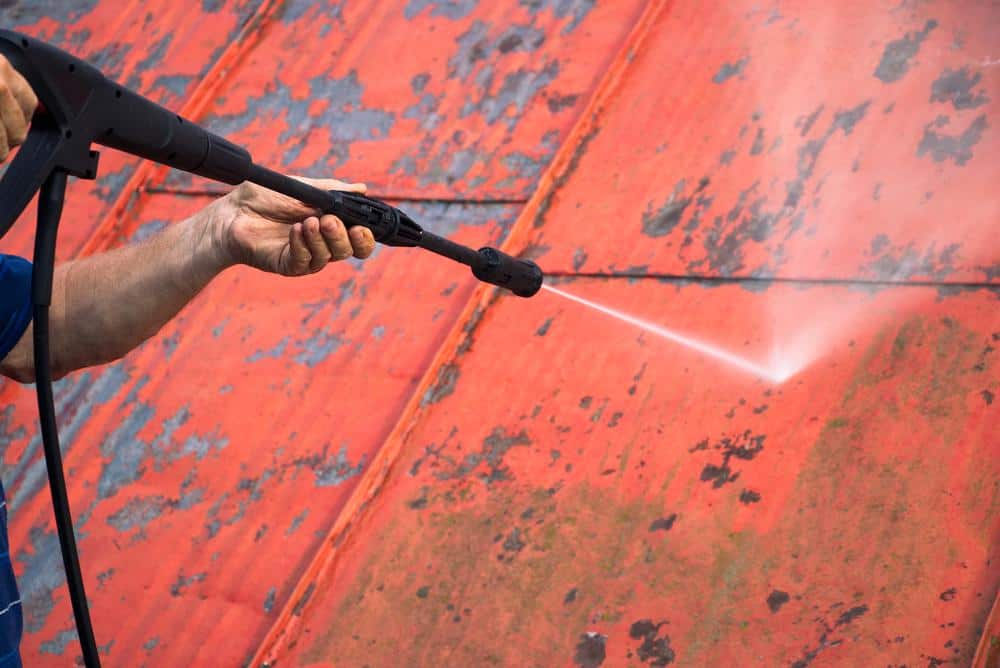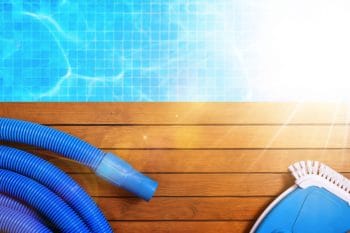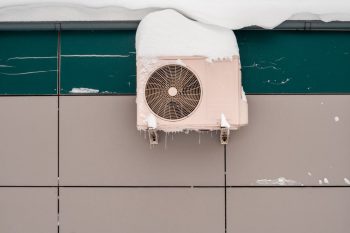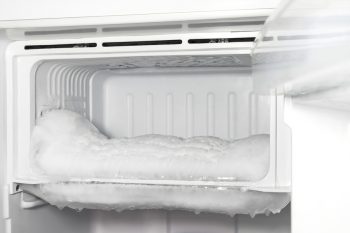
Pressure washers are incredibly efficient tools, but like any piece of equipment, they can sometimes malfunction. One common issue that users may encounter is problems with the turbo nozzle. In this comprehensive guide, we’ll delve into how to fix a pressure washer turbo nozzle, covering everything from identifying the problem to preventative measures to avoid future issues.
To fix a pressure washer turbo nozzle, first identify the problem, which could be clogging, debris preventing rotation, a worn-out nozzle, O-ring problems, or improper installation. Gather the necessary tools and protective gear, then start by checking for clogs and ensuring the nozzle is properly connected. Inspect the O-ring and replace if necessary. Check for wear and tear and replace the nozzle if it’s worn out. If the nozzle is not spinning, disassemble it and clean the internal components. If the nozzle is still not working, consider replacing it or seeking professional help.
Understanding the Pressure Washer Turbo Nozzle
Before we jump into the repair process, it’s important to understand what a pressure washer turbo nozzle is and how it functions. A turbo nozzle, or a rotary turbo nozzle, is an attachment for pressure washers that boosts the cleaning power of the water stream. It operates by spinning a zero-degree spray tip in a 4-8 inch circle at 3000 rotations per minute. This spinning water jet hits the surface at multiple angles, cleaning a wider path while maintaining a highly concentrated zero-degree stream.
Identifying Common Problems
The first step in fixing a pressure washer turbo nozzle is to identify the problem. Common issues include:
- Clogging: The nozzle can become clogged with debris or dirt, causing little or no water to come out.
- Debris Preventing Rotation: Sometimes, debris can prevent the nozzle from rotating properly, affecting cleaning efficiency.
- Worn-out Nozzle: Over time, the nozzle can wear out, affecting its performance.
- O-ring Problems: Damaged or missing O-rings can cause water leakage between the quick connect and the spray nozzle, leading to low pressure.
- Improper Installation: Not locking the collar into place when attaching the nozzle to the wand can cause the tip to shoot out, potentially losing the O-ring in the process.
Tools and Protective Gear Required
Before starting the repair process, gather the necessary tools and protective gear. You’ll need:
- Replacement parts or repair kit
- Adjustable wrench
- Pliers
- Safety glasses
- Gloves
- Vise
Fixing Common Problems
With your tools ready, you can start fixing the common problems:
- Check for clogs: Remove the nozzle and inspect it for any debris or dirt. If you find any blockage, use a needle or a small brush to clear it.
- Ensure proper connection: Make sure the nozzle is properly connected to the wand.
- Inspect the O-ring: Check for a missing or damaged O-ring and replace it if necessary.
- Check for wear and tear: If you suspect the nozzle is worn, try replacing it with a new one.
- Examine the internal components: If the nozzle is not spinning, disassemble the nozzle and clean the internal components.
- Replace the turbo nozzle: If the nozzle is still not working properly after trying the above steps, it might be time to replace it with a new one.
When to Seek Professional Help
While many issues can be fixed at home, there are times when it’s best to seek professional help:
- If the turbo nozzle is cracked or damaged
- If the nozzle is clogged or not rotating, and you’ve already tried simple troubleshooting steps
- If you’re not confident in your ability to disassemble and reassemble the nozzle
- If the turbo nozzle is still under warranty, as attempting to fix it yourself may void the warranty
Preventative Measures
To avoid future problems with your turbo nozzle, consider the following preventative measures:
- Start the nozzle pointed down and then move it up to clean higher surfaces.
- Install an inline nozzle filter between the pressure washer wand and the rotating nozzle to protect against damage from dirt and debris.
By following these guidelines, you can keep your pressure washer turbo nozzle in the best possible condition, ensuring a long and efficient lifespan. Remember, safety should always be your top priority when working with pressure washers. Always follow the manufacturer’s instructions and use protective gear.
Frequently Asked Questions
What causes a pressure washer turbo nozzle to clog?
A pressure washer turbo nozzle can clog due to the accumulation of dirt, debris, or mineral deposits from hard water. It’s important to clean your nozzle regularly to prevent this issue.
How often should I replace the O-ring in my pressure washer turbo nozzle?
The frequency of O-ring replacement can depend on how often you use your pressure washer. However, it’s a good practice to replace the O-ring at least once a year. Regular inspection can also help you identify a worn-out or damaged O-ring that needs immediate replacement.
Can I use any kind of brush to clean the nozzle?
It’s recommended to use a soft-bristle brush or a specialized nozzle cleaning tool to clean your pressure washer turbo nozzle. Using a hard-bristle brush or a metal tool can potentially damage the nozzle.
What are the signs of a worn-out nozzle?
A worn-out nozzle may not produce a strong water stream, may not rotate properly, or may leak water. If you notice any of these signs, it’s time to replace your nozzle.
How can I prevent my pressure washer turbo nozzle from wearing out quickly?
Regular maintenance and proper use are key to prolonging the lifespan of your turbo nozzle. This includes regular cleaning, proper storage, and avoiding harsh cleaning chemicals that can corrode the nozzle.











